Science Illustrated delivers natural science, break through discoveries and an understanding of the world for the entire family. Packed with stunning photography and in-depth editorial it’s a visually spectacular gateway to the world looking into the beginning of life to distant objects in the universe.
SUBSCRIBE & START SAVING NOW!
Science Illustrated
MEGAPIXEL // TIGER SELFIE
MEGAPIXEL // ART MEETS SCIENCE
23 eyes explore the terrain • With 23 cameras, ‘Percy’ has more eyes than any other rover. The cameras filmed during landing, make the rover stay on course, and reveal the contents of dust, rocks and the atmosphere.
Perseverance rover discovers ex-lake on Mars • Based on radar studies beneath Martian earth, NASA’s Perseverance rover has found evidence that water once flowed in the Jezero Crater.
The brain is more active when making handwritten notes • A new study demonstrates that writing notes by hand involves more cognitive processing than typing.
Robot uses human muscle tissue to walk • Japanese engineers have designed a robot that uses human muscle tissue and a silicone skeleton, then zapped it Frankenstein-style to bring it to life.
Blood samples might reveal dementia 15 years before the first symptoms • A study of blood samples from 50,000+ British individuals has shown that the first evidence of the disease appears in the blood many years before its onset.
Moonquake alert! Should NASA missions avoid the lunar south pole? • NASA images show cracks in the Moon’s surface, allegedly proving that there is seismic activity in an area that is a key destination for future lunar landings.
Amateurs discover 470-million-year-old world • The discovery has made palaeontologists flock to the South of France.
New test can detect the early stages of 18 cancer types • An American biotech company has developed a test that could become a crucial weapon in the struggle against severe diseases.
New star’s birth disc observed in another galaxy • Astronomers have found evidence of a disc around a star outside the Milky Way. The discovery may teach us about the formation of solar systems in the early universe.
SCIENCE UPDATE
Why does a circle have 360 degrees? • “We learn in school that a circle has 360 degrees. But why? Could the degrees in a circle not be a number that is easier to work with in calculations, such as 100?”
Circles can be ‘cut’ in several ways • A 360-degree model is the most common method to describe circle sections, but it can be done other ways, including the decimal system.
Where is the world’s tallest tree? • The location of the tallest tree in the world is currently a secret, to protect it. There are fines just for finding it. But we do know a few things about it.
Are our bush fires getting worse?
Can we save the bilby?
Where is the centre of the universe? • Astronomers can see equally deep into space in all directions. Does that mean that we are right at the centre?
Does a red rag really make bulls go crazy? • According to myth, you should not wear so much as a red handkerchief when in the presence of a bull. But is this true? Does a bull really hate the colour red?
Is it dangerous to hold in your farts?
…I dug a tunnel through the Earth? • “Imagine that it is possible to dig a hole right through the centre of the Earth. What would happen if I jumped in?”
Air determines course of fall • If you jump into a hole through the Earth, you can end up either at the centre or on the opposite side of the globe. Air is the key deciding factor.
FIRST BIRD IN THE WATER • 60+ million years ago, penguins gave up their full wings and started waddling about in remote ice deserts. Now scientists know the reason for the...
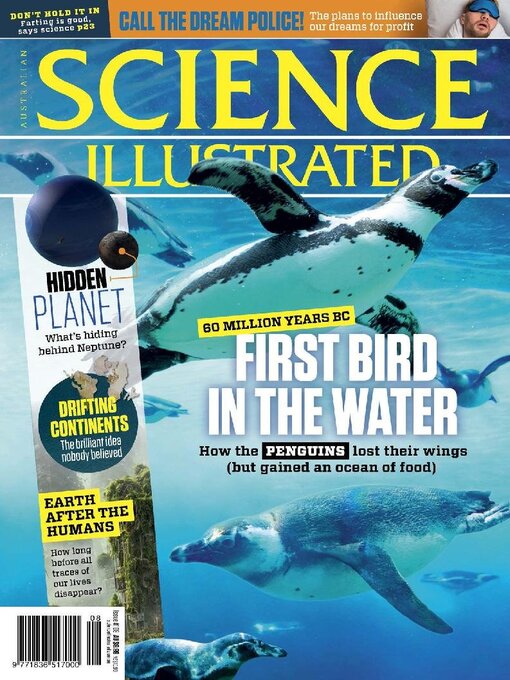
 Issue 111
Issue 111
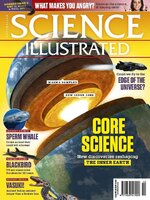 Issue 110
Issue 110
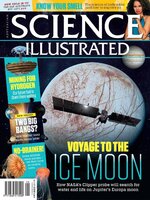 Issue 109
Issue 109
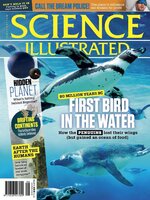 Issue 108
Issue 108
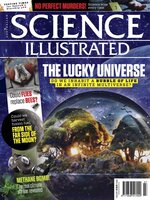 Issue 107
Issue 107
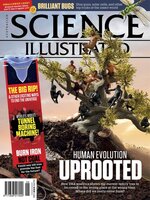 Issue 106
Issue 106
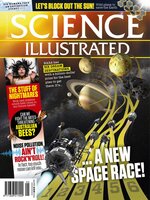 Issue 105
Issue 105
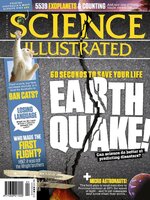 Issue 104
Issue 104
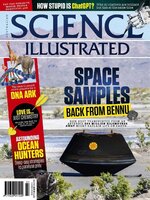 Issue 103
Issue 103
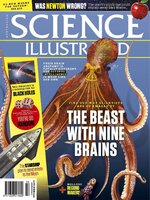 Issue 102
Issue 102
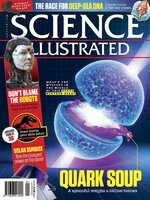 Issue 101
Issue 101
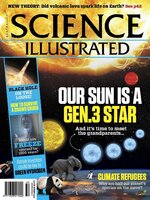 Issue 100
Issue 100
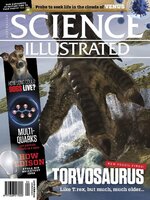 Issue 99
Issue 99
 Issue 98
Issue 98
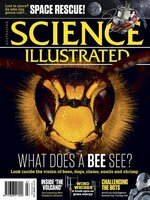 Issue 97
Issue 97
 Issue 96
Issue 96
 Issue 95
Issue 95
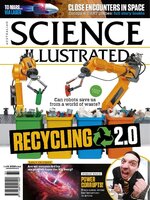 Issue 94
Issue 94
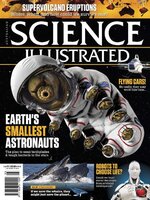 Issue 93
Issue 93
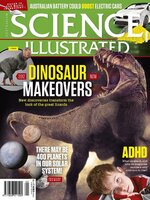 Issue 92
Issue 92
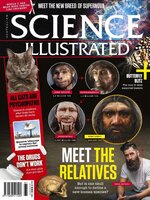 Issue 91
Issue 91
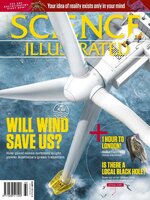 Issue 90
Issue 90
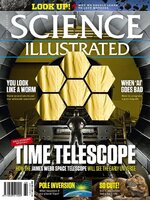 Issue 89
Issue 89
 Issue 88
Issue 88
